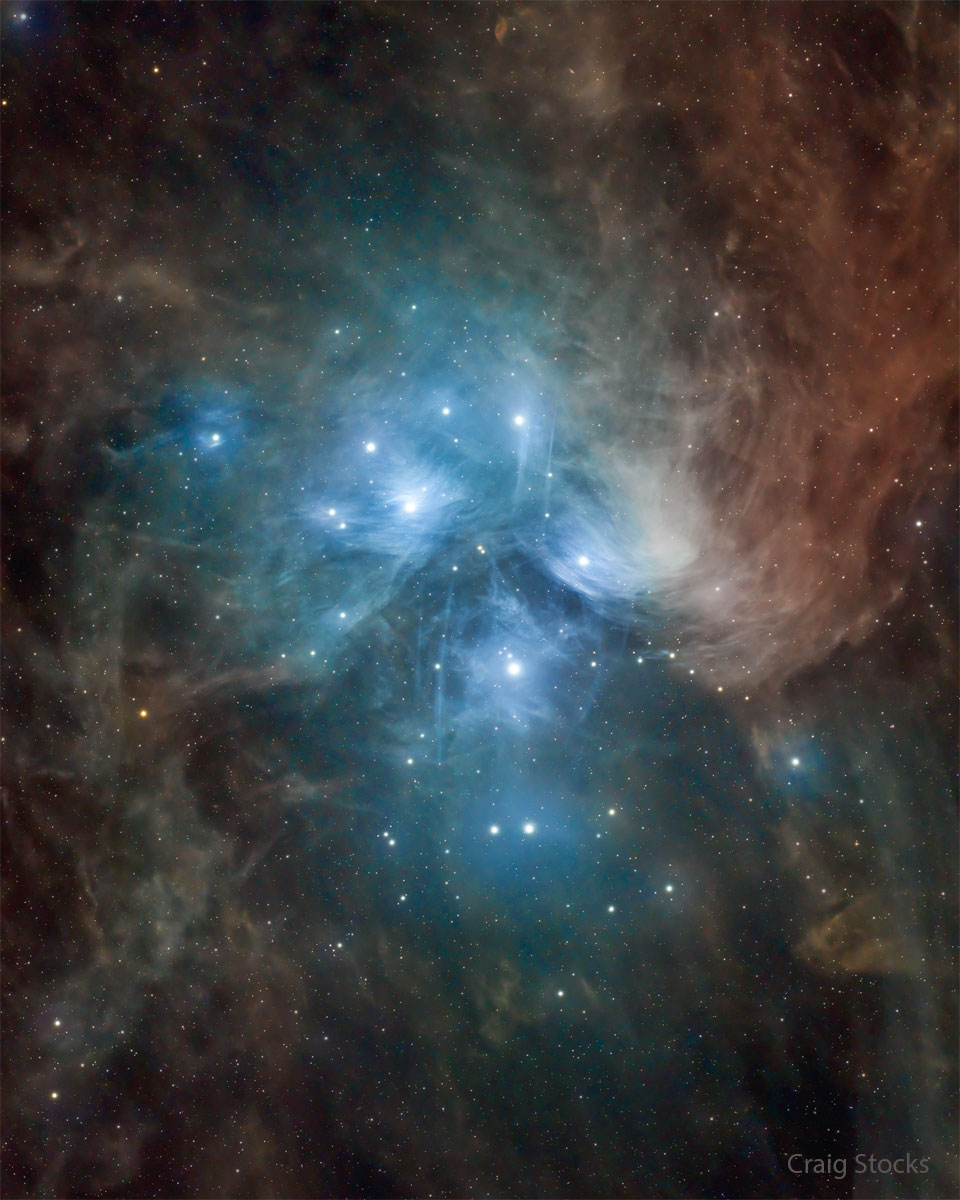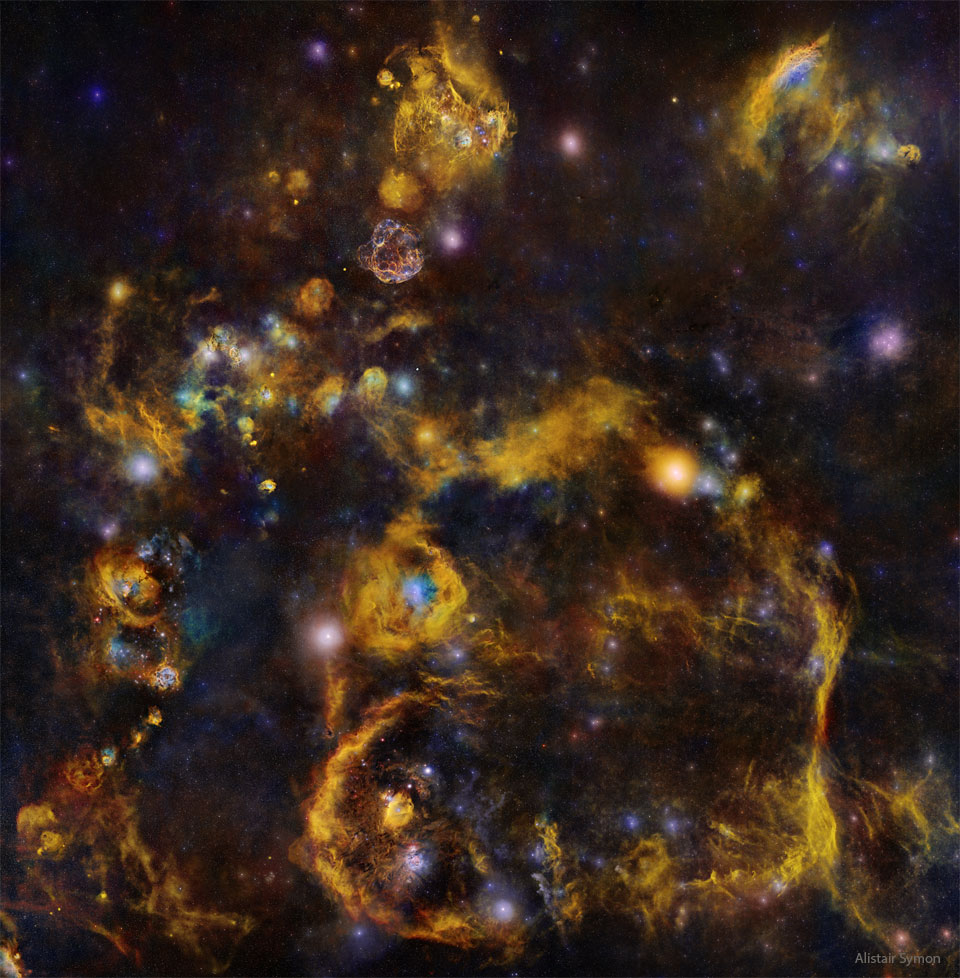
2017年08月06日:银河与炸裂的流星-(Milky Way and Exploding Meteor)--原图下载
Image Credit & Copyright: Andr� van der Hoeven
说明: 英仙座流星雨的极大期将出现在下星期。届时冰岩微粒将进入地球大气,划过天际并发生汽化。这些微粒是由史威福-塔托彗星所释出,而随着地球每年于这段期间穿过史威福-塔托彗星的轨道,就会出现流星雨群中最活跃的英仙座流星雨。纵然流星雨的活跃程度很难预测,但观测者在清朗天空中每分钟或许能见到一颗流星。今年的英仙座流星雨出现在满月的一星期之后,所以暗流星将会淹没在月华里。要观赏流星雨通常应选择远离灯火之处,并採轻鬆的姿态为佳。上面这幅主题影像,呈现了2015年英仙座流星雨期间,奥地利天空中一颗流星在银河系中央盘面旁边炸碎的景象。
原文:
Image Credit & Copyright: Andr� van der Hoeven
Explanation: Next weekend the Perseid Meteor Shower reaches its maximum. Grains of icy rock will streak across the sky as they evaporate during entry into Earth's atmosphere. These grains were shed from Comet Swift-Tuttle. The Perseids result from the annual crossing of the Earth through Comet Swift-Tuttle's orbit, and are typically the most active meteor shower of the year. Although it is hard to predict the level of activity in any meteor shower, in a clear dark sky an observer might see a meteor a minute. This year's Perseids peak nearly a week after full Moon,and so some faint meteors will be lost to the lunar skyglow. Meteor showers in general are best be seen from a relaxing position, away from lights. Featured here is a meteor caught exploding during the 2015 Perseids above Austrianext to the central band of our Milky Way Galaxy.






评论